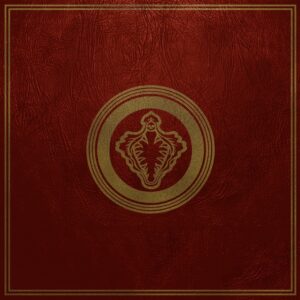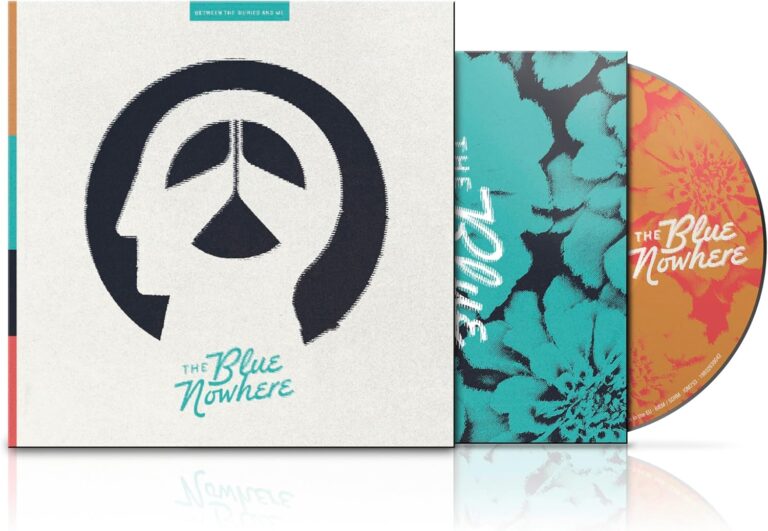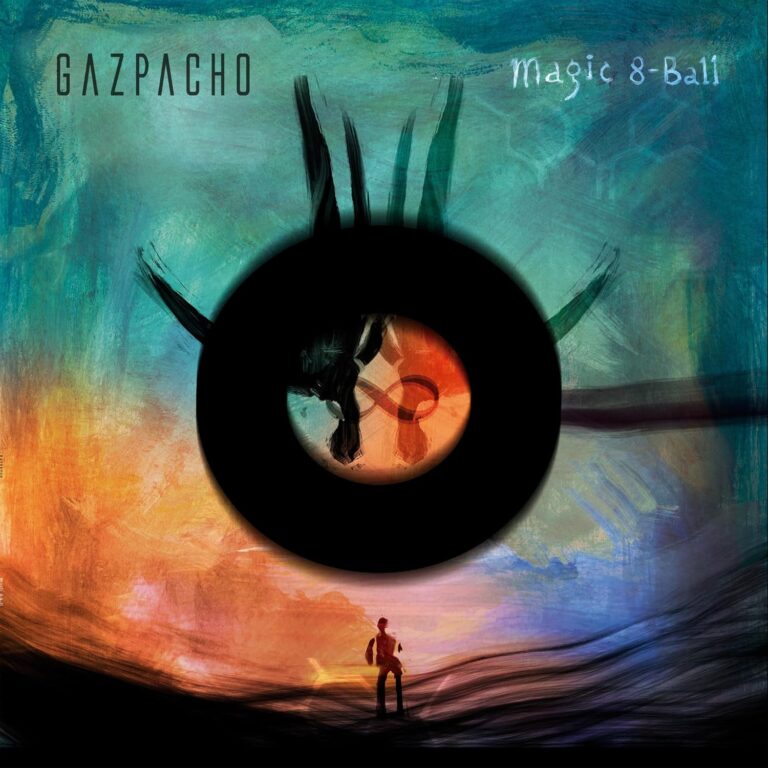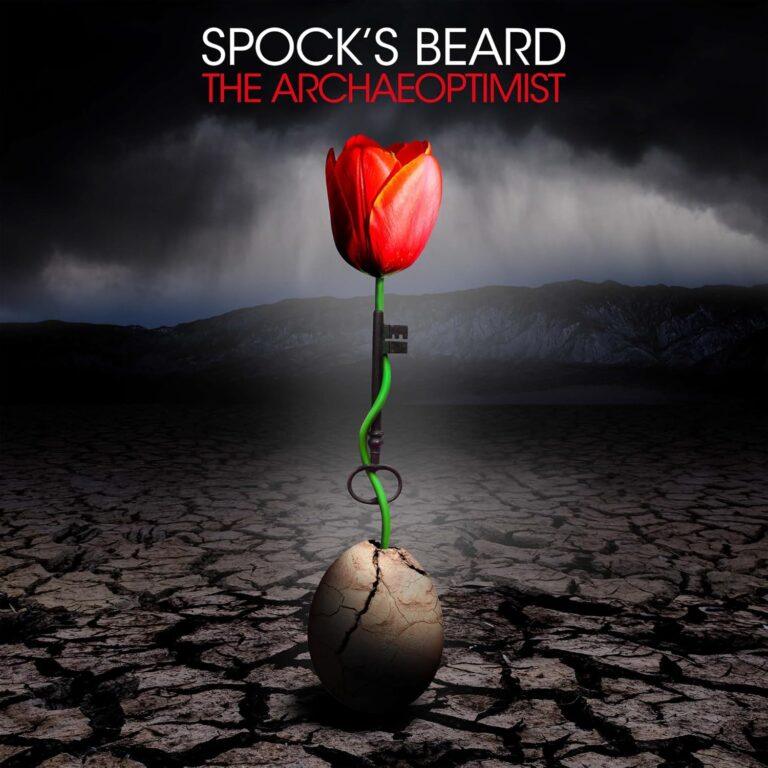If you are of a certain age, you may remember heading down to your local record shop to track down elusive releases by the likes of Sonic Youth, Swans and Butthole Surfers. This was no mere shopping trip. No. In those halcyon, pre-internet days, a trip to the local record store (and preferably an independent, if you were lucky enough to have one nearby) was a pilgrimage. A weekly or monthly ritual in which you and your hard earned money were parted by a guru, well-versed in the mysterious world of international rock and possessed of a steadfast refusal to stock anything that had brushed up against the charts. Choosing the music was a task in and of itself. There was no way to download and the concept of try-before-you-buy was limited to singles and, in the mid-nineties, to bizarre, oblong listening posts stocked with a few CDs where you could listen to the odd, label-promoted CD. For the most part, however, you were obliged to go on gut instinct, conversation with other, like-minded individuals and cover-art. Amazingly, I seemed to get it right more often than not and my early collection filled with the likes of ‘Evol’, ‘Confusion is sex’, ‘soundtracks for the blind’ and ‘too high to die’. The music sounded alien, abstract and off-kilter and yet, like an addiction, it wormed its way into the psyche and lodged there. In this age of fast-consumption, instant-hit-or-I-delete-the-download music it seems such acts are fewer and further between, and yet, if you know where to look the damaged psyche of Jesus Lizard and the Melvins lives on and this is certainly true for Norwegian loons Arabrot. Formed in 2001 around the core of Kjetil Nemes and Vidar Evensen and with regular contributions from Stian Skagen, Arabrot have carved out a unique niche for themselves with releases that challenge the senses with layers of distressed noise and abstract guitar lines coalescing in fractal patterns that recall Sonic Youth at their frazzled, guitar-destroying best.
New album ‘the gospel’, out in February on Fysisk Format, is a perfect summation of Arabrot’s steadfast talent for creating noise-as-art music. The album opens with its sinister, bass-driven title track which pairs a syncopated beat, increasingly agitated guitars and a vocal that challenges Michael Gira in terms of intensity and gravitas. It’s the perfect scene setter and Arobrot are showing no signs of going soft. Similarly, ‘I run’ casts its eyes towards the brutal cynicism of the no wave movement with repetitive guitars and a mechanistic rhythm vying to carve out the harshest sounds. ‘Tall man’, with its martial beat, cuts an imposing figure on the landscape, Kjetil toying with melody as his dark musings unravel over a chorus that borders on the accessible. In typical contrary fashion, it seems that Arabrot at their most confrontational are also at their most listenable, and the song provides a massive adrenalin surge before seguing into the choral-infused horror of ‘Faustus’, a ten-minute epic that combines beauty and cacophony in equal measure sounding for all the world like the Melvins covering the Swans and Devendra Banhart. Inspirational and yet enervating, ‘Faustus’ is a punishing trawl through Kjetil’s dangerously eroded psyche and provides the record with a deranged core around which the other tracks orbit uneasily.
Following on from the lengthy, nightmarish breakdown-in-slow-motion of ‘Faustus’ comes the sludgy nightmare that is ‘Ah feel’. Down-tuned and mired in distortion, ‘Ah feel’ seems to have been conceived in hatred and the rattling riffs of ‘the whore is this city’ come as some relief even if the vocals are delivered by a singer on the edge of a mental precipice from which there may well be no return. With coruscating guitar and industrial strength production, ‘I am the sun’ recalls the frightening majesty of the Swans as they trailblazed a path through the realms of post-rock and industrial in their latter years, but Arabrot are no mere copyists and they place their own spin on the heady cocktail of influences that inform them. Short, brutal and to the point is the psychedelic mess of ‘darkest day’ a track that, with its out-of-tune piano and manic-preacher vocal sounds like a psychotic episode given form. The album draws to its bloody conclusion with ‘rebekka tragodie’ which summons the spirit of primus and leaves the listener wondering if the past forty minutes have actually happened or if they were caught in the grip of some horrific post-op fever induced by an overdose of anaesthesia.
It occurs that this review features a good deal of reference points when discussing the songs on this album and yet, when taken as a whole, ‘The Gospel’ does a good job of sounding like nothing so much as Arabrot. In other words, the band draw freely upon the frazzled art-rock of the last century but, in doing so, they have filtered it through their own, warped world view and produced something that is identifiably their own. What Arabrot understand is that to produce music that is both chaotic and yet structured requires considerable discipline and, like Sonic Youth before them, they have tempered their brutality just enough to create songs of real depth whilst maintaining the fire and fury that so obviously consume them. ‘The Gospel’ may never find its way into the mainstream, but, for music lovers who still treat the art from with reverence and respect, the album is a gift to be treasured.





